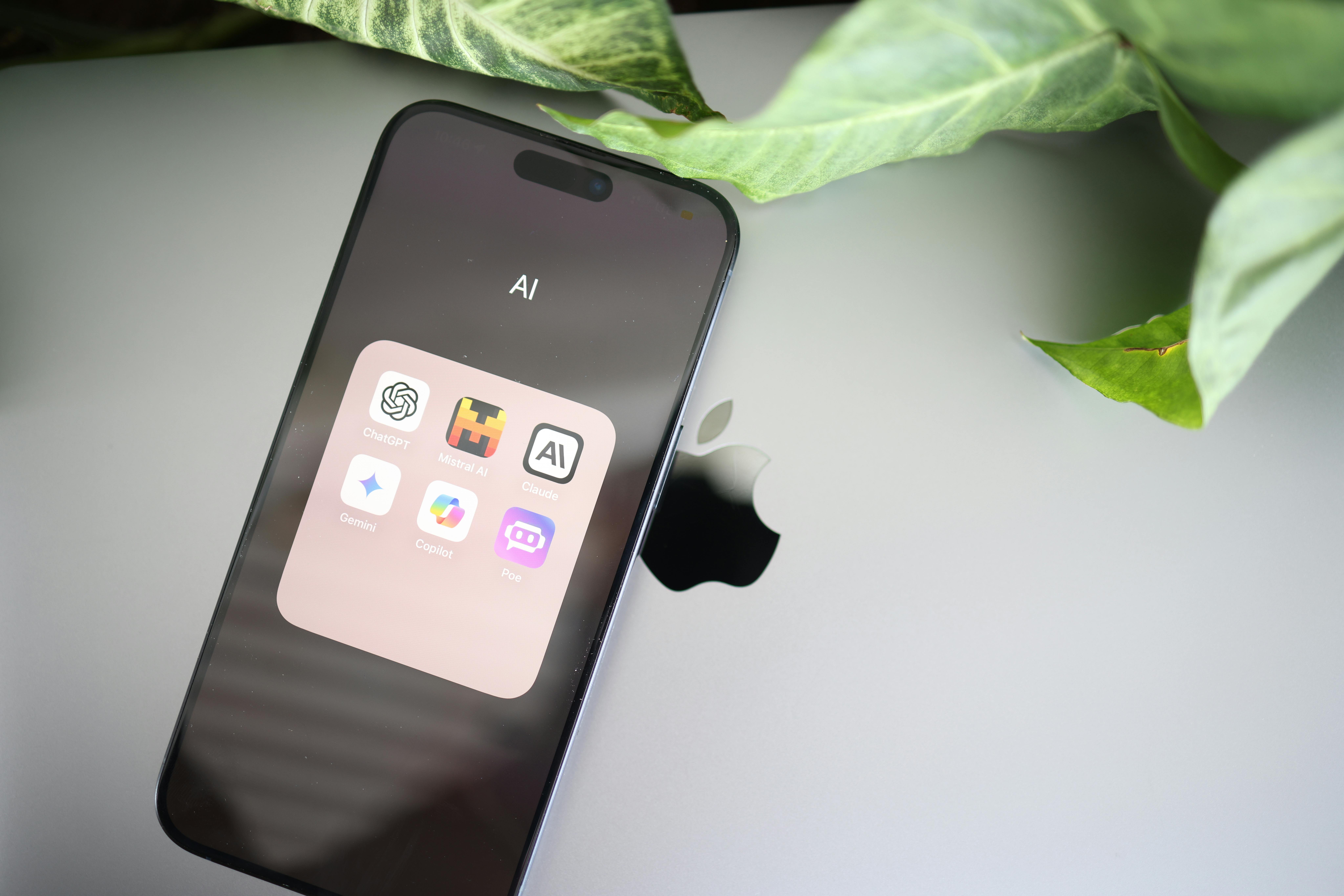Introduction
Especially for teenagers, the use of artificial intelligence (AI) in education is still reshaping and redefining the learning environment as we approach 2024. The ability of AI to customize and improve educational experiences enables to satisfy the various demands of young students and equip them for a digital age.
Key Updates
Get More Creative and Productive with Duet AI
For educators, Duet AI is revolutionary; it makes it easier to write lesson plans in Google Docs, make visually stunning slideshows, and generate project plans in Sheets. Teachers can keep control over their data with Duet AI, which also boosts productivity and creativity, so providing teens with more engaging and interactive learning opportunities.

Build, Oversee, and Disseminate Google Classroom Lessons
Google Classroom is today a main location for learning materials. From one location, teachers can design, organize, and distribute interactive courses using the new Resources tab. Teachers will soon be able to distribute links to class templates and homework pages, which will facilitate customizing instructional materials for the many learning styles of teenagers.
Get Practical Knowledge with Classroom Analytics
Teachers may now see more clearly assignment completion rates, grade patterns, and general classroom adoption thanks to classroom analytics. Through the use of data, teachers can drill down to individual performance and trends to meet the unique needs of their adolescent pupils.
Easy Electronic Signature Gathering
Drafting contracts, getting signatures in Docs and PDFs, and managing contract templates are now easier than ever with the eSignature tool in Google Workspace. Focusing on the fundamentals of learning and teaching, this feature saves time for both teachers and students.

Customizing Education
Customizing teaching with AI has never been simpler. Within Google Classroom, educators may now include questions to YouTube films to create interactive video exercises that interest teenagers. With AI-powered practice sets supporting more than 50 languages, they promote a variety of international learning contexts. Moreover, differentiated learning will shortly enable teachers to provide certain content to student groups according to their particular requirements, hence increasing the level of individualized instruction.
Increased Connectivity Across Products and Platforms
Higher connectivity enables Google Classroom assignments to show up straight on Chromebook home screens, keeping students focused and on task. Further ensuring smooth access and management of educational technologies for a more coherent learning environment are the free Learning technologies Interoperability (LTI) tools and the impending Student Information System (SIS) integrations.
Making Learning Environments More Safe, Sustainable, and Inclusive
Ensuring inclusivity, the most recent version offers improvements for screen reader users, enabling text extraction from PDFs using ChromeOS’s Optical Character Recognition (OCR). Google is also dedicating future Chromebooks to sustainability, offering ten years of automated upgrades beginning in 2024. The learning surroundings of teenagers are kept safe by improved data protection mechanisms on Chromebooks, Gmail, and Drive.
Conclusion
Google is dedicated to changing how kids learn in the dynamic world of today, as seen by its ongoing innovation in integrating AI into education. Through their focus on productivity, customization, and connectivity, these new capabilities guarantee that education keeps up with technology progress and prepare the way for even more revolutionary breakthroughs down the road.





